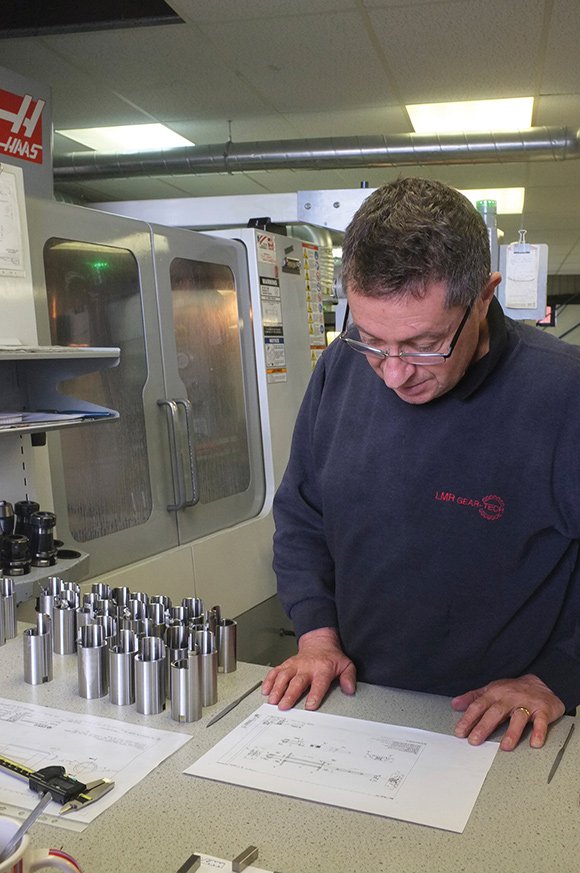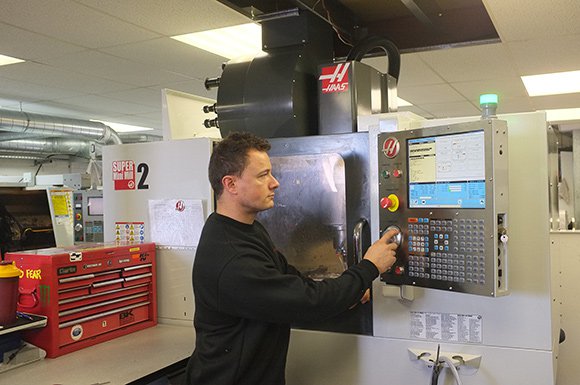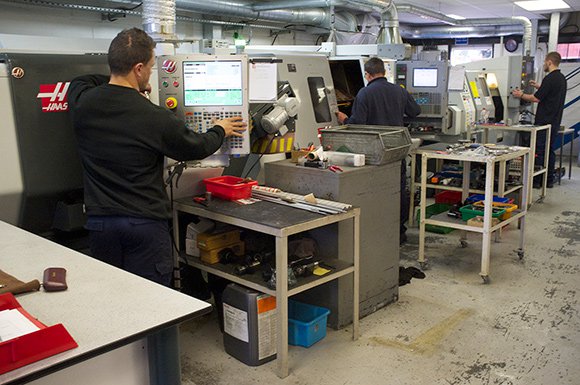LMR Geartech - Just the ticket!
Established in 1994 LMR Geartech has built a reputation for customer service and quality. The company’s variety of applications encompass a broad spectrum of services and includes work in areas such as machine tooling, textile and paper producing machinery, lifts, hoists, cranes and conveyors. LMR provide precision gear specialist engineering services. As gear cutters and manufacturers LMR undertake most forms of general engineering. Situated in Sittingbourne, Kent, LMR has experienced a remarkable level of growth, 25% alone in the last year. Dave Rungay, managing director, explains, “To maintain expansion like we’ve seen we have continually invested in our equipment and staff. Most recently this has been seriously ramped up as a result of a large order from London Underground. We now have the largest gear cutting capacity in the South of England. Currently we employ 15 full-time staff and have some of the best technically minded and experienced gear-manufacturing staff in the country – with 100’s of years experience between us.”

“Kent County Council awarded us a £150,000 grant, which we matched and used to extend our machine shop and buy some new CNC machines. We’ve also taken 4 apprentices from Mid-Kent College and plan to train a further 7 apprentices over the next 5 years. We feel that training young people is vital for all of our futures.
“They come in on a day release basis and have an appointed mentor who teaches them everything from using a file to programming a CNC.”
“So many of today’s young engineers seem to lack basic manual skills, which are genuinely important. We gave them all projects featuring linear and radial movement and the results were fabulous. So good, in fact, that we put them on the walls of our stand at the Southern Manufacturing show. Not only are we training them to the high standards LMR need, but hopefully showing that we’re a great company to work for.

“The recent contract with London Underground for 2,000 assemblies, meant we needed some new equipment to fulfill the order. We’re big fans of Haas machines and already had four of their mills and lathes.
“Over the years they’ve proved to be extremely reliable and they easily maintain the tight tolerances we require.
“We decided on a Super Mini Mill 2 with a 10,000-rpm 40-taper spindle and an ST-10 lathe with Y-axis. Both machines have very compact footprints, ideal for the space we had available.
“The assemblies are for London Underground’s new ticket paddle gates. The gates check whether tickets or Oyster cards are valid for use on that route and at that time. If valid, the paddles of the gate open for the passenger to walk through. The gates are reversible, so can be configured to keep the flow of passengers at the optimum rate.

“The batch of parts we’re currently producing for the paddle gates are 308 stainless. The first operation is in the lathe, then the Super Mini Mill 2 does the flat work and engraves each part with an individual serial number.
“With regard to accuracy, repeatability, and durability, Haas machines will match any competitor models. The control is also very easy to learn and use. Common multi-step functions, such as tool offsets, work offsets, “homing” the machine, and selecting the next tool during set-up, can be done at the push of a button.
“Our business is based on craftsmanship, flexibility, creativity, and the best technology,” concludes Dave Rungay. “The performance of the Haas machines make them the ideal machine for any CNC shop – you could say they’re just the ticket.”
01795 421040
www.lmrgeartech.com
The performance of the Haas machines make them the ideal machine for any CNC shop – you could say they’re just the ticket.
Dave Rungay, Managing Director




